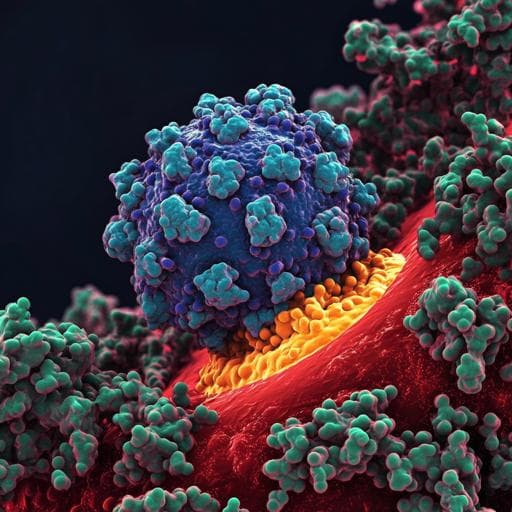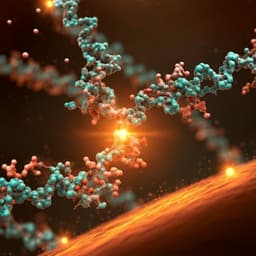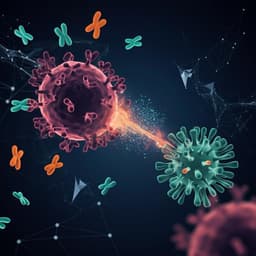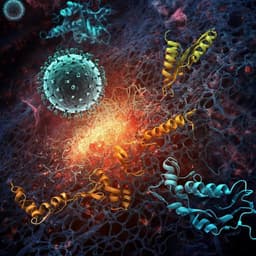
Medicine and Health
Broad host range of SARS-CoV-2 and the molecular basis for SARS-CoV-2 binding to cat ACE2
L. Wu, Q. Chen, et al.
Explore groundbreaking research that investigates the potential animal hosts of SARS-CoV-2, the virus behind COVID-19. This study, conducted by Lili Wu, Qian Chen, and colleagues, reveals insights into how various species interact with the virus and emphasizes the importance of monitoring key animal populations to prevent future outbreaks.
~3 min • Beginner • English
Related Publications
Explore these studies to deepen your understanding of the subject.







